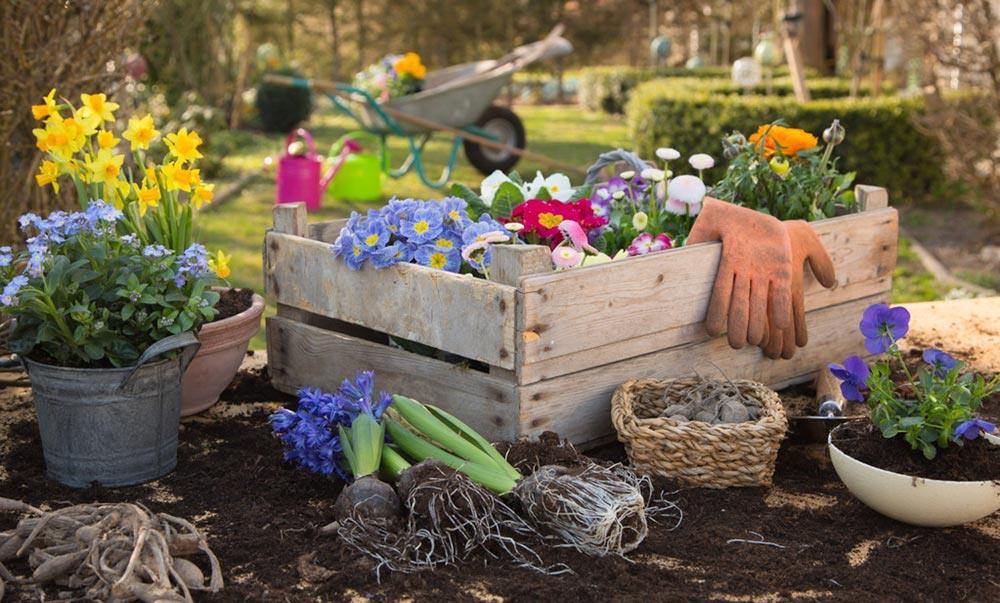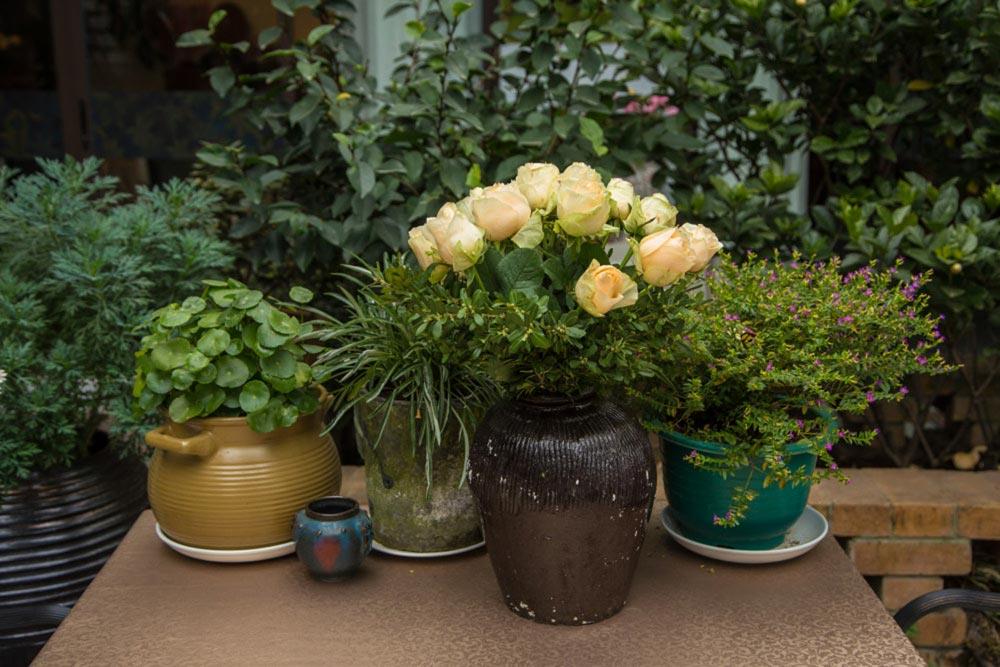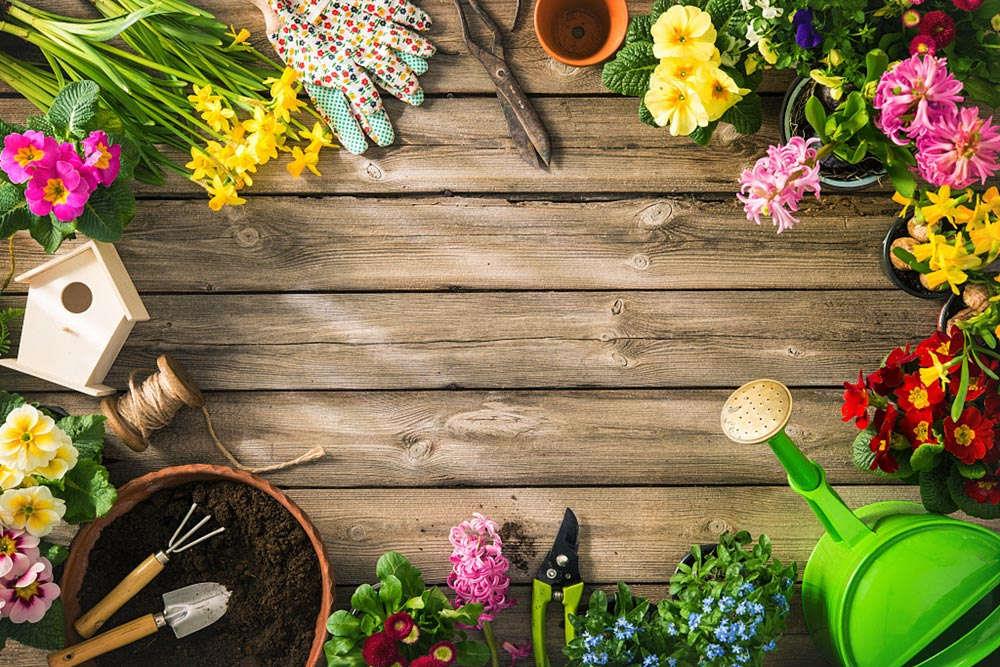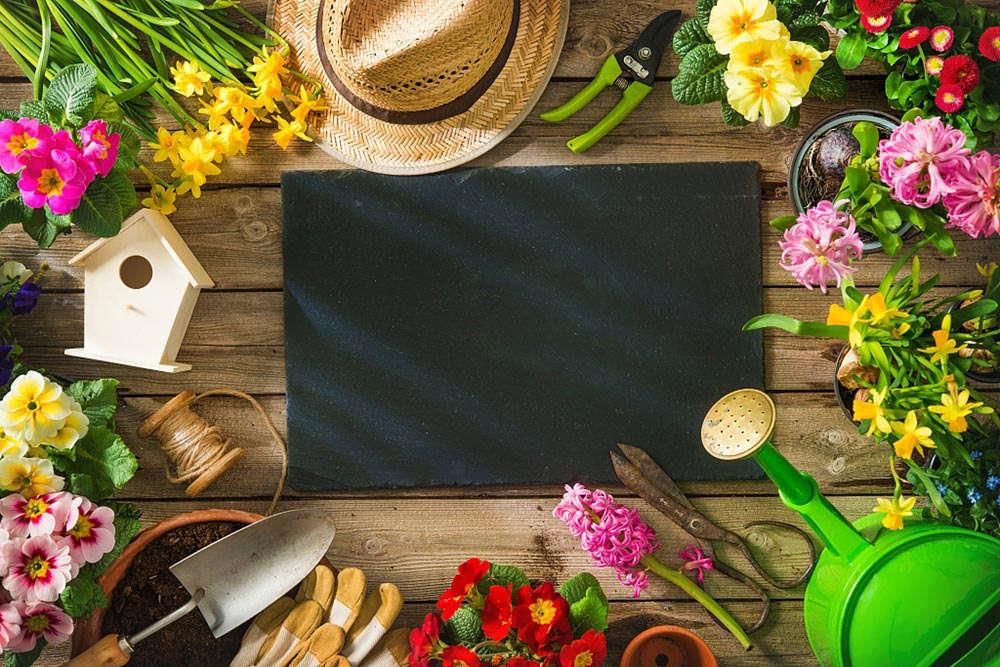Thousand-feather crane breeding methods and precautions
Last Update :2024.05.04
Article Catalog
3. Problem diagnosis and treatment
Soil: Loose and breathable soil should be used for planting Thousand Feathered Cranes, and it is best to disinfect it before use. Moisture: Water thoroughly once and then again after it is completely dry. Pay attention to controlling drainage in winter and summer to avoid root rot. Lighting: It loves the sun and can be in the sun all day long, as long as it avoids exposure to the scorching sun. Temperature: 20℃~30℃ is most suitable for its growth. If the temperature is too high or too low, it will affect its growth.

1. Maintenance methods
1. Maintenance methods
1. Soil: Thousand-feathered cranes are most suitable for growing in loose and breathable granular soil. In order to keep the soil clean, it is best to disinfect it before use.
2. Moisture: It hates stagnant water. When watering in spring and autumn, the soil should be watered thoroughly at one time, and then completely dry before watering again. It is necessary to control the moisture in winter and summer. If water accumulates for a long time, it will easily cause root rot.

3. Light: It likes light, as long as there is a chance Give it exposure to sunlight, and try to let it receive sunlight as much as possible. If it doesn't get enough light for a long time, it will even revert to its ancestral form and become an echeveria. Be careful to avoid exposure to the hot sun in summer.
4. Temperature: 20℃~30℃ is the most suitable temperature for its growth. When the summer temperature exceeds 35℃ or the winter temperature is below 10℃, it will stop growing and needs to be well maintained.

2. Breeding skills
1 . Cutting: This is the most commonly used propagation method. In spring, cut a healthy old plant and cut it into multiple small plants. After the cut is dry, cut it directly into the soil.
2. Summer: It is not resistant to high temperatures and will stop growing above 35°C. It should be moved to a cool place in time, control the amount of watering and nutrients, and maintain it well.

3. Problem diagnosis and treatment
1 , Root rot: Root rot is the most common disease, and it is also very afraid of root rot. If you find signs of root rot, drain the water in time and add a small amount of carbendazim when watering.
2. Scale insects: Scale insects are very disgusting. They will stick to the body and suck the juice, causing the leaves to turn yellow and fall. In severe cases, they will directly die. If there are only a few, just pick them out manually and crush them to death. If the amount is large, spray and control it with Flower Protector in time.

IV. Other questions
1 2. Whether it can be exposed to rain: Try to avoid being exposed to rain, because failure to drain water in time after being exposed to rain will cause root rot. Try to breed them in a dry location out of the rain. If you put them on a windowsill, remember to close the window when it rains.
2. Can pregnant women feed it: It does not emit any smell or harmful substances that are harmful to pregnant women, and it is not toxic, so pregnant women can feed it.

2. Breeding skills
3. Problem diagnosis and treatment
4. Other issues
- END -
What are the most beautiful varieties of bougainvillea?

1. Chaozhou Red: The color of Chaozhou Red is a classic and beautiful bright red, ...
How to breed Yinji Xiaowa

Soil: Yinji Xiaowa has strong adaptability to soil and can grow in acid, alkali an...